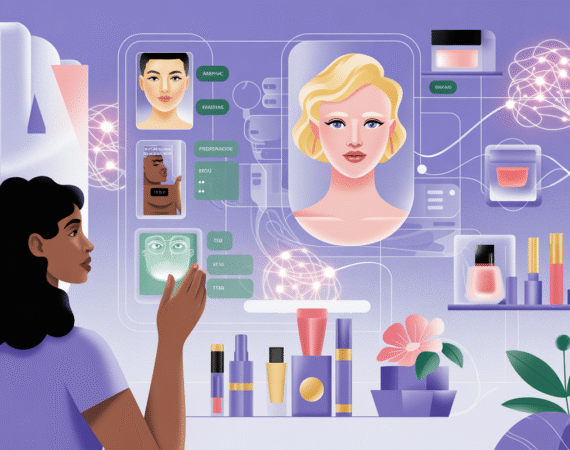Beyond Silicon: Self-Powered AI Synapses Mimic Human Color Vision for Next-Gen AI
The quest for more intelligent and energy-efficient artificial intelligence has taken a significant leap forward. Researchers have recently announced the development of a novel self-powered artificial synapse that remarkably mimics the sophisticated color vision capabilities of the human eye. This breakthrough paves the way for a new era of AI hardware, pushing the boundaries of what’s possible in neuromorphic computing and beyond.
What is an Artificial Synapse, and Why is it Self-Powered?
At the heart of this innovation lies the artificial synapse – a tiny electronic component designed to emulate the fundamental building blocks of the human brain’s neural network. Just like biological synapses transmit signals between neurons, artificial synapses facilitate information processing in AI systems. What makes this particular development so revolutionary is its self-powered nature. Unlike traditional electronic components that require constant external power, this new synapse can generate its own energy, significantly reducing power consumption. This is achieved through the use of advanced materials, specifically a perovskite-based structure, which allows it to efficiently convert light into electrical signals.
Mimicking Human Color Vision: A Game Changer
One of the most remarkable features of this artificial synapse is its ability to mimic human color vision. Our eyes perceive a vast spectrum of colors by distinguishing different wavelengths of light. Similarly, this new artificial synapse can recognize and differentiate various light wavelengths, allowing it to process visual information with an unprecedented level of detail and nuance. This capability is crucial for AI systems that need to interpret complex visual data accurately, moving beyond simple black-and-white or limited color recognition to a more holistic understanding of the visual world.
Implications for Neuromorphic Computing and Beyond
This self-powered, color-sensing artificial synapse holds immense potential across various fields:
- Neuromorphic Computing: By emulating the brain’s energy efficiency and parallel processing, it could lead to highly efficient AI chips that learn and adapt in real-time with minimal power.
- Advanced Robotics: Robots equipped with such vision systems could navigate and interact with their environments more intelligently, perceiving objects and scenes with human-like color sensitivity.
- Low-Power Edge AI: For devices operating at the ‘edge’ of the network (like wearables, smart sensors, and IoT devices), self-powered components mean longer battery life and continuous operation without frequent recharging.
- Smart Vision Systems: From medical imaging to autonomous vehicles, new applications requiring sophisticated visual interpretation could emerge, driven by more efficient and powerful AI hardware.
The development of a self-powered artificial synapse that mimics human color vision marks a pivotal moment in AI research. It signifies a significant step towards creating AI systems that are not only more intelligent but also more sustainable and autonomous. As researchers continue to refine this technology, we can anticipate a future where AI hardware is seamlessly integrated into our world, operating with unparalleled efficiency and intelligence.


